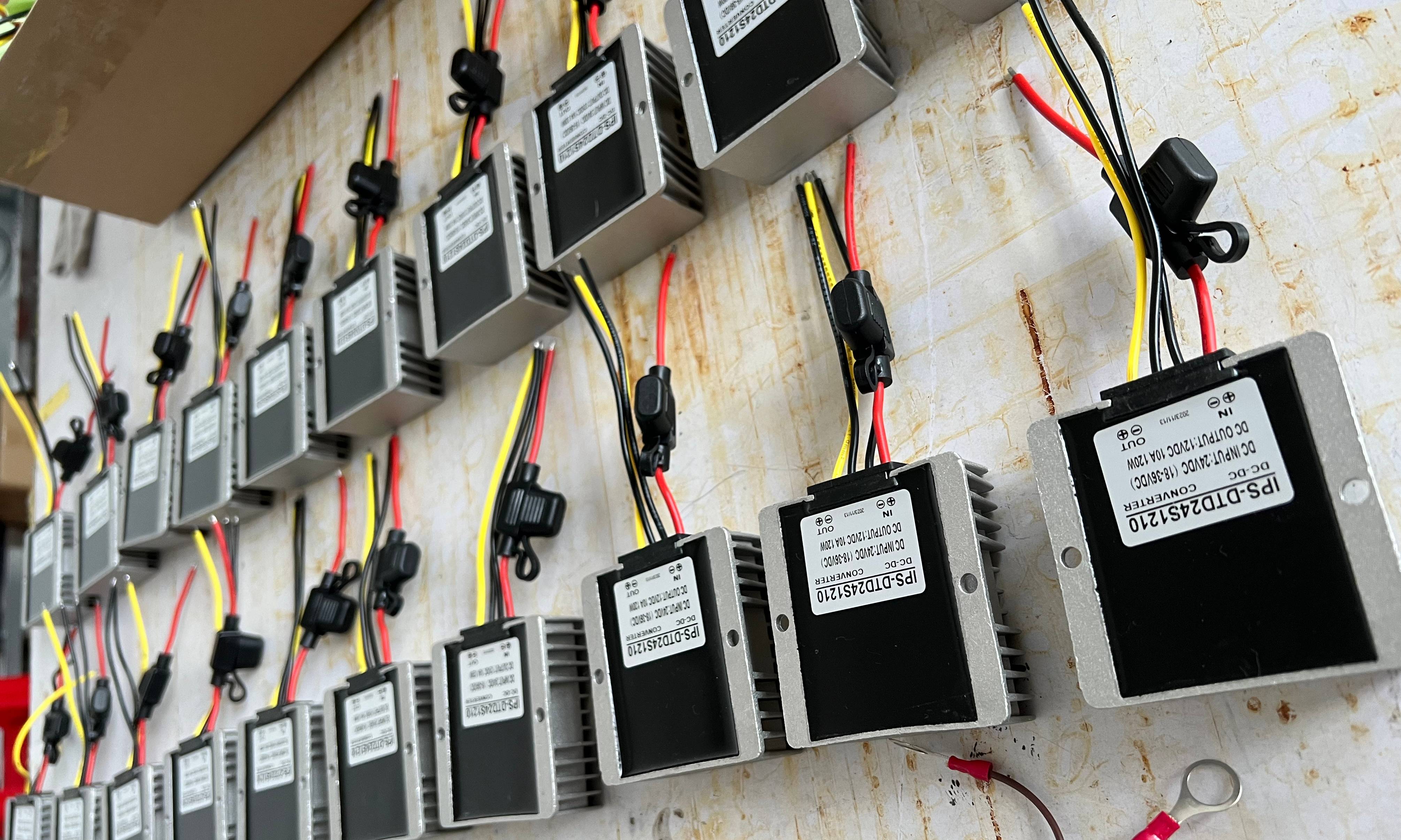A DC DC converter is a device that converts a DC power supply from one voltage level to another voltage level. They play an important role in power management and are widely used in electronic devices and systems. The efficiency of a DC-to-DC converter is one of the important indicators of its performance, and it is related to multiple factors. The following are the main factors that affect the efficiency of a DC converter:
Switching frequency
Switching frequency is one of the key factors affecting the efficiency of a DC DC converter. A higher switching frequency can reduce the size of the filter, but it also increases switching losses, which reduces efficiency.

Input-output voltage difference
The larger the difference between the input voltage and the output voltage, the lower the efficiency of the converter is generally. This is because a larger voltage difference means a larger energy conversion, which generates more losses.
Load current
The magnitude of the load current also affects the efficiency of the dc/dc converter. Under light load conditions, the efficiency of the converter may be reduced because fixed losses (such as switching losses and static losses) account for a larger proportion of the total losses.
Component losses
Includes conduction losses and switching losses of semiconductor devices (such as MOSFETs), as well as losses of magnetic components (such as inductors and transformers). These losses increase with increasing temperature, affecting efficiency.
Power supply internal resistance
Power supply internal resistance is an important factor limiting efficiency. Power supplies with large internal resistance will produce a large voltage drop when providing current, thereby reducing the output voltage and efficiency of the converter.

Topology
Different dc to dc converter topologies (such as buck, boost, isolated, etc.) have different efficiency characteristics. Selecting a topology that suits the application requirements is the key to improving efficiency.
Synchronous rectification
In buck converters, the use of synchronous rectification technology can reduce the forward voltage drop of the diode, thereby improving efficiency.
Temperature
Increasing temperature will increase component losses and reduce the efficiency of the converter. Therefore, good heat dissipation design is essential to maintain high efficiency.
Design optimization:
Including circuit design, component selection and layout optimization, all have an important impact on improving the efficiency of the converter.
Control strategy
Advanced control strategies, such as digital control or adaptive control, can optimize the performance of the converter and improve efficiency.
When choosing to use a dc dc converter, it is necessary to consider these factors comprehensively and make appropriate design and optimization, which can significantly improve the efficiency of the DC/DC converter.







